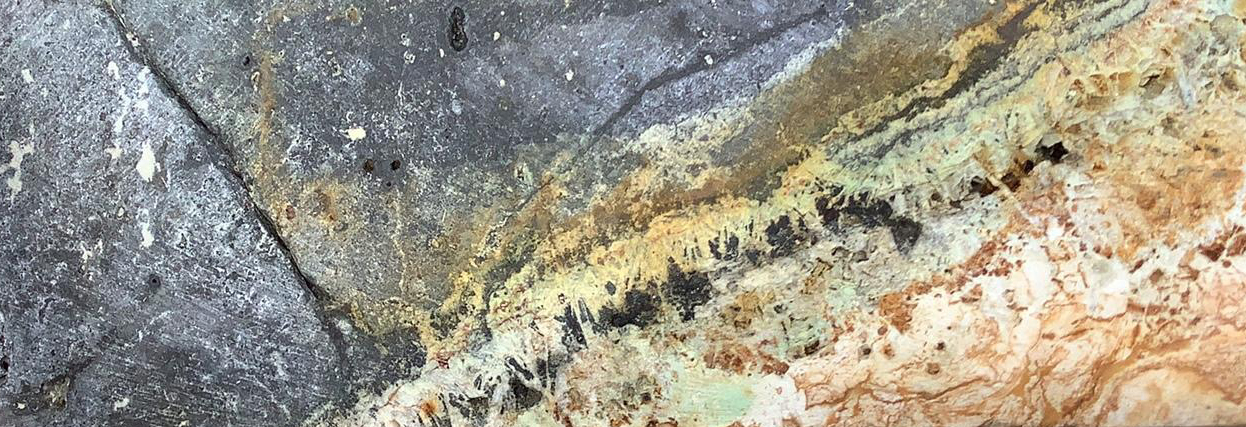Mineral resources in times of climate change
The urgent move towards a low-carbon energy production and economy will trigger an unprecedented demand for metals and building minerals.

The construction of renewable energy production facilities alone (e.g. solar and wind), requires about ten times more raw material than hydrocarbon and nuclear power plants to deliver the same amount of energy. Similarly, the use and storage of this green energy call upon metal-hungry technologies, such as batteries and electric cars. While improvements in recycling efficiency needs to carry part of that burden, the majority of the demand will need to be satisfied through primary extraction from mineral deposits. This challenge will require expertise and creativity from all sides of the society, among which earth scientists have a large role to play.
How do mineral deposits form?
This is the main question with which the group of Mineral Resource Systems led by Professor Cyril Chelle-Michou is concerned. The study of mineral resources involves a cross-disciplinary approach, where data and concepts embracing a broad range of fields need to be put together to unravel the processes that have shaped our planet, and generated the natural resources on which our society relies. This system-oriented research is located at the crossroad of many earth science disciplines including field geology, economic geology, geochemistry, geochronology, igneous and experimental petrology, tectonics, geothermal research, and numerical modelling.
Most mineral resources that we find close to the surface today formed millions of years ago, deep in the Earth's crust, in response to the transport of heat and metals by fluids and magma. The Mineral Resources Systems group studies well-exposed minerals systems in Europe, north America and the Andes of south America. There, scientists and students map the geology and collect rock samples that preserve precious information about the processes that have formed those mineral deposits. This information is subsequently unlocked in the state-of-the-art laboratories located at ETH Zurich and the relevant processes are modelled using computer simulations.
This research is carried out in collaboration with mining companies, utilising deep exploration drill holes and active mines, which provide excellent three-dimensional archives of mineralising systems. In return, uncovering the processes that control the formation and size of mineral deposits helps the industry in finding new deposits to fuel our metal-demanding society. The knowledge gained, provides the basis for reducing economic risks by localising more deeply located resources – these are more difficult to find, but commonly more environmentally friendly to mine.